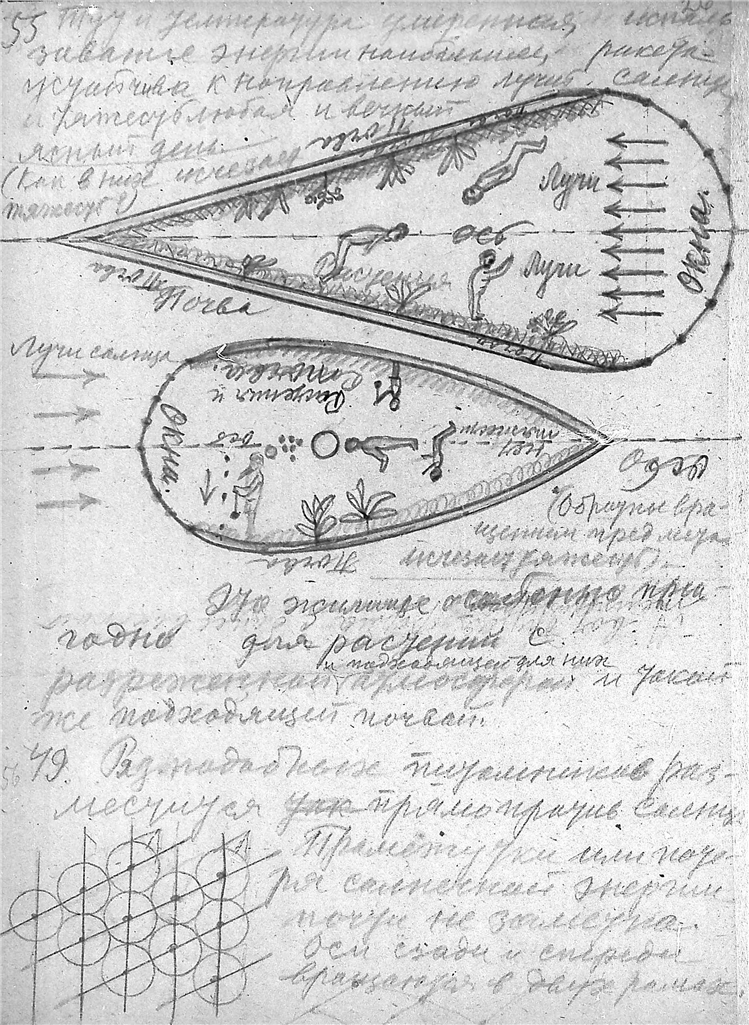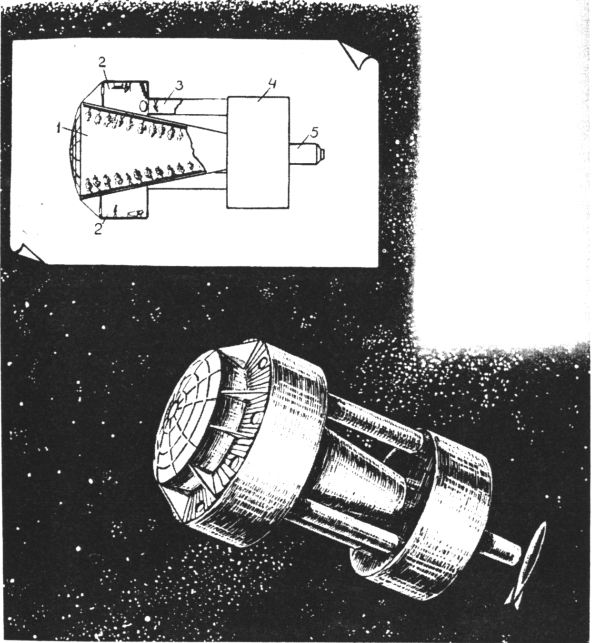The TSR-2 is a cautionary tale. Or perhaps just the tail end of a larger cautionary tale.
From World War II through the 1950’s, the British aerospace industry was second to none. Their planes were top of the line, ugly as hell and gave the Russian military the cold sweats. Their industry was forward thinking, stuck liquid fueled rocket engines on airplanes just for giggles, produced a seemingly endless stream of quality products with terrible names and called no man Mister. Well, except for the Queen… seems they got all deferential and whatnot around her for some reason. Shrug. But with the 1957 “Defence White Paper” by Minister of Defence Duncan Sandys, things started going straight down the tubes. The white paper essentially called for the end of manned military aircraft, their roles supposed to be taken by unmanned missiles; it also called for the merger of Britain’s many independent aircraft companies into a few large companies, and promised to only offer contracts to such merged companies. Instead of doing the right and proper thing, and flinging Sandys across the English Channel with a giant rocket-boosted trebuchet, the British government and aviation industry actually followed the directives. Many promising programs were killed outright; the companies began to merge.
Developed in the early 1960’s by the British Aircraft Corporation (itself formed in 1960 by the merger of several formerly successful aviation firms) as a fast, low-altitude strike bomber. It was born as a program in March of 1957 with the release of General Operational Requirement 339, and somehow, apparently magically, survived the Sandys culling of manned aircraft projects. The mission was to fly low and fast, hugging the terrain to stay under the radar. A pseudo-stealth tactic then being designed for the Pluto nuclear ramjet and later utilized on cruise missiles.
It advanced as far as the first prototype taking flight (Sept 1964). Shortly afterwards (April 1965), of course, it was cancelled in favor of buying the General Dynamics F-111K which was thought would be cheaper. And as it turned out, the costs of the F-111 program skyrocketted, far in excess of the projected TSR-2 costs, so even the F-111K purchase was cancelled. Britain would not get a plane to fill the role until the Panavia Tornado.
The British Aircraft Corporation went on to not build any further military aircraft on its own, and was eventually merged with the other sad remnants of the once-proud British aerospace industry to form the nationalized company British Aerospace. Since it’s formation in 1977, BAe has gone on to fill the skies with precisely zero military aircraft of its own, only being able to produce the Typhoon in conjunction with Italian, German and Spanish companies. The Typhoon began its life with preliminary requirements from the RAF in 1971, and as of 2010 is actually in series production. Britain has developed no bombers since the TSR-2.
The lesson: bureaucrats wiped out one of the worlds great industries, virtually overnight, by a few simple proclamations. All that’s left are a few broken museum pieces, photos, film, artwork and drawings showing what might have been.

The source of this drawing is unknown to me.














